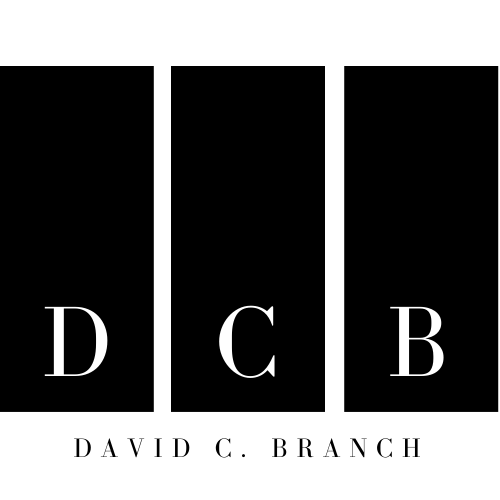When planning for retirement, most investors focus on how much they need to save. However, just as important as the amount you save is how your savings are taxed. Tax diversification, spreading your assets across accounts with different tax treatments, can make a significant difference in how long your retirement income lasts. By understanding how each type of account works, you can create a more flexible and tax-efficient withdrawal strategy.
The Three Types of Retirement Accounts
To understand tax diversification, it helps to know the three main types of retirement accounts and how they are taxed.
-
Tax-Deferred Accounts
These include traditional IRAs and 401(k)s. Contributions are typically made with pre-tax dollars, reducing your taxable income today. However, withdrawals in retirement are taxed as ordinary income. This structure works well for individuals who expect to be in a lower tax bracket after retirement. -
Tax-Free Accounts
Roth IRAs and Roth 401(k)s are funded with after-tax dollars, meaning you pay taxes upfront. The advantage is that qualified withdrawals in retirement—including both contributions and earnings—are completely tax-free. These accounts are ideal for investors who expect higher tax rates in the future or who want to minimize taxes on retirement income. -
Taxable Accounts
Regular brokerage or investment accounts don’t have tax-deferred benefits, but they offer flexibility. You pay taxes annually on dividends, interest, and realized capital gains. However, long-term capital gains are often taxed at lower rates than ordinary income, making these accounts an important component of a balanced strategy.
Why Tax Diversification Matters
No one can predict future tax rates. Having a mix of tax-deferred, tax-free, and taxable accounts allows you to adapt to changes in tax laws or personal circumstances. This flexibility can help you manage how much tax you owe in retirement by choosing where to withdraw funds from each year.
For example, in years when your income is lower, you might draw from tax-deferred accounts to take advantage of a lower tax bracket. In years when you expect higher income, you could withdraw from a Roth IRA to avoid increasing your taxable income. This strategic approach can extend the life of your portfolio and reduce the overall tax burden.
Creating a Tax-Diversified Strategy
-
Start Early
Building tax diversification takes time. Contribute to different types of accounts throughout your working years rather than focusing solely on one. -
Balance Your Contributions
Split your savings between traditional and Roth accounts if possible. This helps you prepare for a range of future tax scenarios. -
Plan Withdrawals Strategically
In retirement, review your income sources each year and plan withdrawals to minimize your total tax liability.
Final Thoughts
Tax diversification is one of the most effective yet overlooked strategies for maximizing retirement income. By understanding how various accounts are taxed and intentionally spreading your assets among them, you gain control over how and when you pay taxes.
A thoughtful, tax-diversified approach ensures that your retirement plan remains flexible and resilient—helping you keep more of what you’ve earned, no matter how the tax landscape changes.

